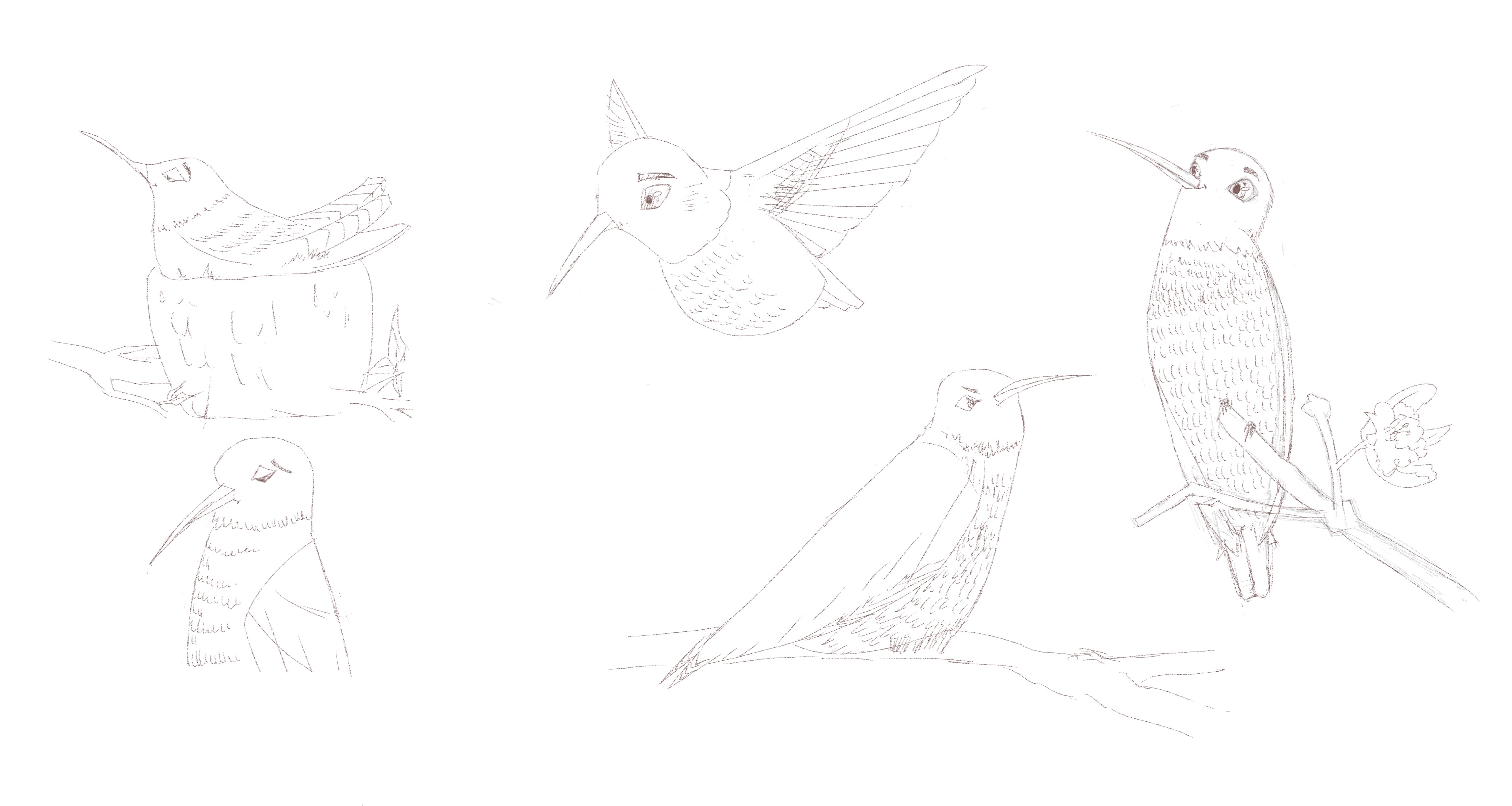Best practices to designing a character
Work with the author
Lot of times, you work with the author(s) of a book(s) in progress. When the story is written, it is best to brainstorm with the author in figuring out how the character must look like. Mostly, the author may have imagined how the character should be. If it is possible, draw some rough sketches to narrow down some key features of the character (or multiple key characters). Rough sketches may not take a lot of time, and authors in most cases would welcome such an idea. This saves you some time later and the development process becomes a bit more easy.Do not rush, consistency is the key
When the character looks different in different angles, it is going to look bad. Always try to work on different perspectives of the character before moving on to developing it further. It is best to use references if it is difficult to workout everything out from imagination. I always use a lot of references. A lot of children's books have characters with exaggerated features. While such features in a character are eye catchy, it may not be easy to use those features in every posture, so please do not overuse such tricks. Try to keep it as natural as possible.Choosing the colour palette
This is going to change from project to project, but always choose colours carefully. If you are drawing for a children's book, try to use softer colours. Colours must complement the character's personality. You may have noticed that the most successful character designs have a minimal colour palette, and it is probably because too many colours could be confusing.More than one version please
Letting yourself create multiple versions from a character sketch allows you to explore a variety of ideas before committing to developing just one. When you have more than one version, you could ask the client to choose the most appealing set of sketches -keep in mind that the client can choose between versions, but you are still the artist, so when there is a clash of ideas, be an artist and an adviser and do not lose your cool. If changes are needed, making edits to a version is a whole lot easier than creating new ones from scratch. Once these versions are finalized, you may move to developing the character further to include a range of emotions and feelings (depending on the project).Be open to feedback
As an artist, you are either too optimistic or too pessimistic about your work. It is a good practice to ask around when you think a character design is ready. Ask as many questions as possible. You may have seen so many flaws in other's works, so you must have a set of questions you should want to ask others about yours. Ask people who weren't involved in the character design process. On a personal note, here is what I do. I ask my brother to look at the design, and then read the character description to see if it matches. Most times, it does, but I have missed a few things in the past and thanks to him, I found those mistakes early in the development process.I want to share what I was developing for a book someone wrote. Most crucial steps in designing a character are the rough sketch designs (in my opinion). Rough sketches are like laying the pillars for a building. I was trying to figure out how this bird would look like from different angles and poses. I certainly used a ton of references in creating this piece, but we eventually wanted to chose another version, so here it comes...
Happy sketching!



Comments
Post a Comment